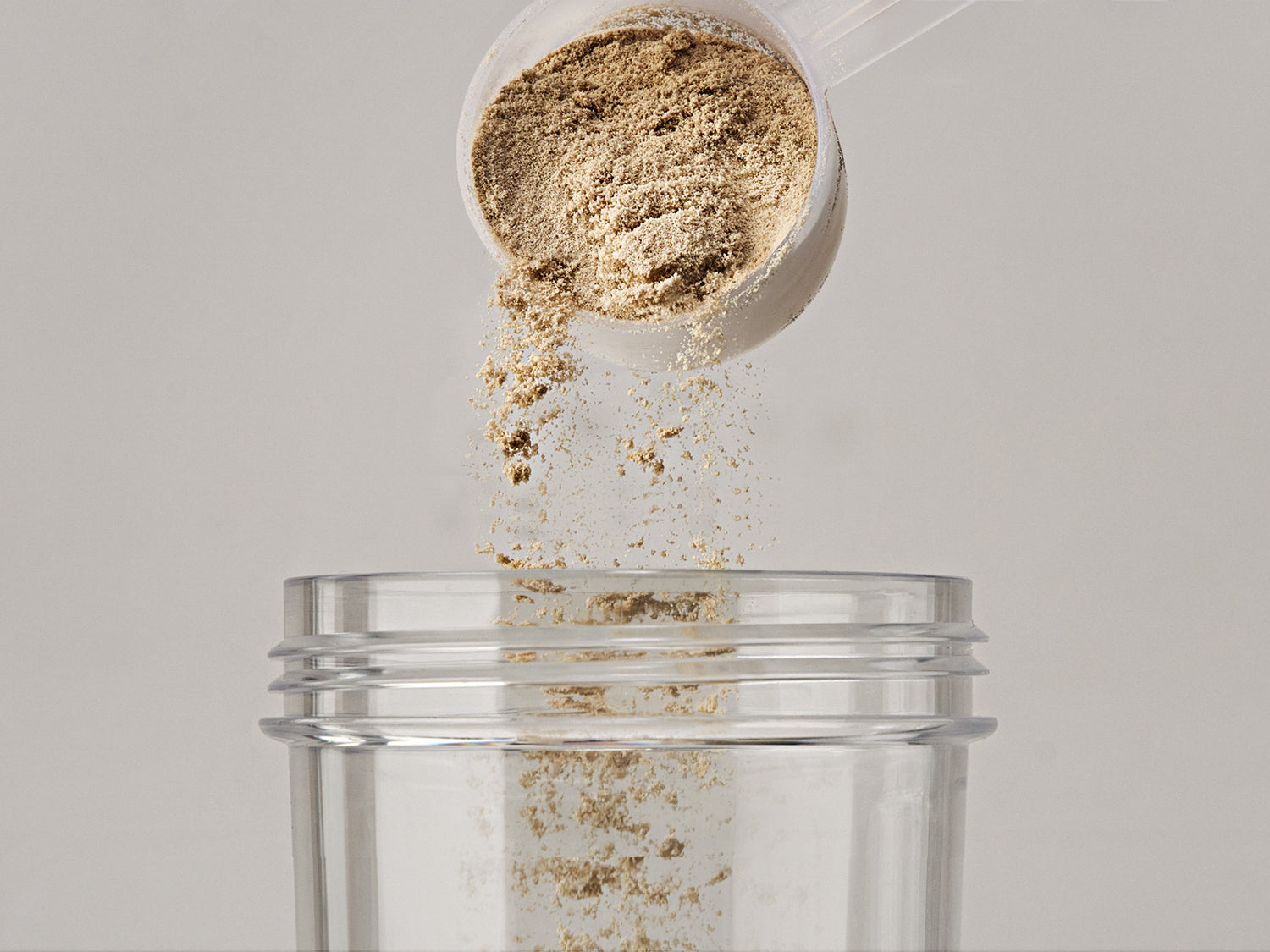If you've ever aimed to shed weight or sculpt specific areas of your body, you might have gravitated towards spot training, focusing solely on exercises targeting those zones. However, you may have observed that this method often falls short of producing the desired results.
But why does spot training frequently disappoint those striving for their fitness goals? We will tak about it in detail in this article, stay tuned!
Table of content
What is Spot Training?
Spot training, as it's known, involves directing exercises towards particular body regions in pursuit of fat loss or muscle definition. In the following paragraphs, we'll delve into the reasons why spot training isn't the most effective approach and unveil alternative strategies to help you achieve the physique you desire.
It's a widespread misconception that doing countless crunches will give you abs like The Rock, or that specific leg lifts will help you shed fat from your hips or thighs.
Amazingly, this isn't just an old-fashioned belief from the past. Each month, there are still more than 17,000 searches for "inner thigh exercises"!
Just as it wouldn't be logical to run daily if you aim to build upper body strength, it's crucial to grasp how fat loss or muscle building works, if that's your goal.
Misconceptions about Targeted Muscle Building
One of the biggest misconceptions about resistance training that won’t die on the Internet is the mistaken belief that muscle groups fire all or nothing. Essentially, the argument goes that you can’t zero in on a particular area of a body part, say the upper chest or lower abs, because the movement enervates all the muscle fibers.
That thinking suggests, then, that you’d need to do only a single exercise in your body-part workouts because, in essence, they’re all the same, activating every muscle fiber.
Of course, empirically we know that’s not true, but theoretically the confusion arises because muscle fibers – not groups – fire all or nothing.
Trainers manipulate angles in their workouts to better focus on (notice I didn’t say isolate) a given area. For example, on a hanging leg raise, the fibers on the lower end of the rectus abdominis undergo a greater degree of muscle shortening than the fibers on the upper end. That gives this exercise the label of a lower ab exercise.
You can increase the focus on a given area of the muscle, like doing close-grip benches that emphasize the inner pecs and triceps, but you can never truly isolate a particular area.
How Does Spot Reduction Differ from Classes Targeting One Muscle Group?
Classes that concentrate on a single muscle group, like arms and shoulders, aim to build and strengthen those muscles rather than reduce fat in those specific areas. You will increase the strength of your arms and shoulders, meaning over time, you’ll be able to lift heavier weights than you previously could.
Strength training helps develop lean muscle mass, which can give your body a more toned appearance. Don’t worry, your arms won’t bulk up like the Hulk, but a slight increase in muscle size—combined with fat loss from a balanced diet and exercise routine—will make them look leaner.
In essence, you'll become stronger and may feel more confident in your body. And who wouldn’t want that?
Tips for Maximizing Your Workouts
Looking to get the most out of your training sessions? Forget about spot training and focus on overall body strength and fitness with these practical tips:
1. Adopt a Full-Body Workout Routine
Choose a regimen that promotes holistic strength across your entire body. This can include full-body workouts or alternating sessions between upper and lower body exercises.
2. Balance Isolation Exercises
While targeting specific muscles with exercises like bicep curls can help build and strengthen those muscles, ensure your routine is well-rounded. This prevents muscle imbalances and reduces the risk of overtraining.
3. Shift Your Mindset
If you've been concentrating on altering specific body parts, try embracing a more positive and empowering approach to your workouts. Focus on becoming fit, healthy, mobile, and strong, rather than just changing your appearance.
Practicing gratitude for your body's capabilities can help transform your perspective. For example, Sweat Trainer Kelsey Wells found that changing her relationship with her body revolutionized her approach to fitness.
4. Incorporate Compound Movements
Engage multiple major muscle groups with exercises like squats, pull-ups, and deadlifts. These compound movements provide more comprehensive benefits than isolating single muscles.
5. Understand the Process
Achieving fitness, strength, and health is a gradual journey. There are no quick fixes or overnight solutions. Focus on progress rather than perfection.
6. Enjoy Your Workouts
Choose a training style that you find enjoyable. If you dread your next workout, it might be time to try something new to keep your routine exciting and sustainable.
7. Combine Diet and Exercise for Weight Loss
If your goal is to lose weight or body fat, maintain a healthy and balanced diet along with regular cardio and strength training. Remember, healthy weight loss and fitness progress take time.
8. Prioritize Sleep and Hydration
Ensure you get enough rest and stay hydrated every day to support your overall health and fitness goals.
9. Embrace Individuality
Recognize that the journey to becoming fit, strong, and healthy is unique for everyone. There is no single body type that defines fitness—celebrate the diversity in how health and strength look on different people.
Over to You
The idea that you can burn fat from specific areas by targeting them with exercises is, unfortunately, a myth. When you exercise, your body draws on fat stores from across your entire body, not just the muscles you're working. So, no matter how many crunches you do, you won't magically lose belly fat.
While spot reduction doesn't work, you can still focus on specific muscle groups to tone and enhance their appearance. Including targeted strength training exercises can help improve the overall look of particular areas. However, keep in mind that these exercises are just one part of the equation; they won't deliver results on their own!




